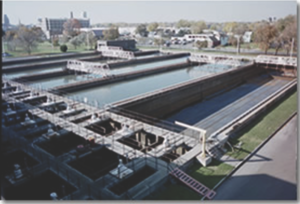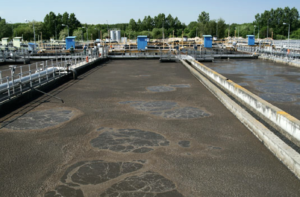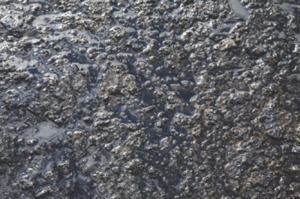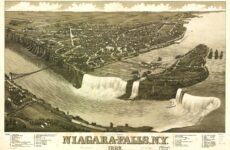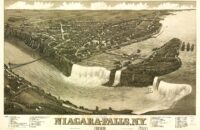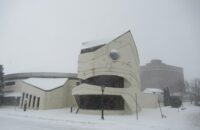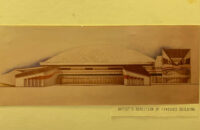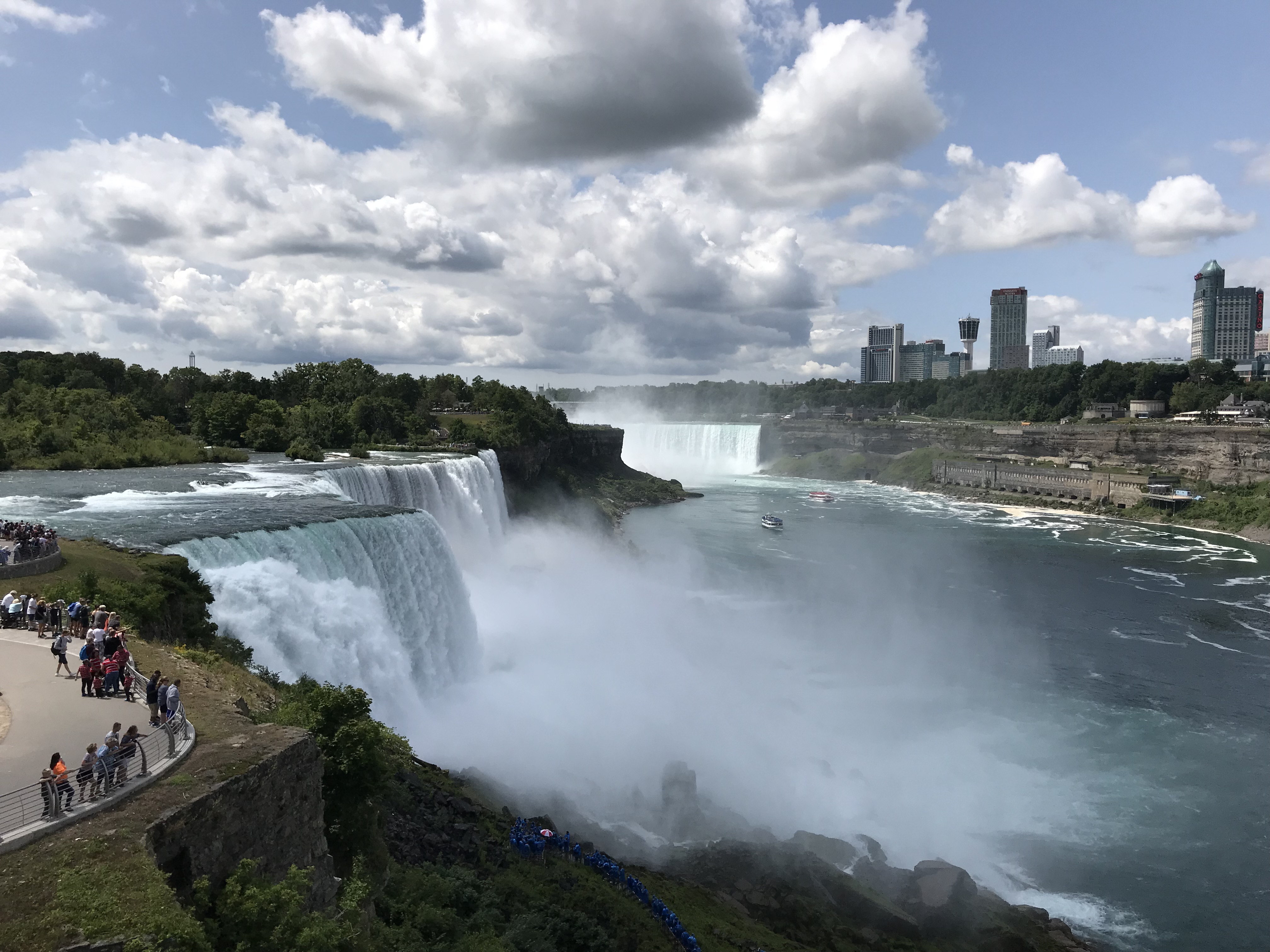Please click the link below to subscribe to a FREE PDF version of each print edition of the Niagara Reporter
http://eepurl.com/dnsYM9
Water Board accomplishes minor miracle.
By: Frank Parlato
We are in the middle of summer – and something is missing in Niagara Falls.
The smell from the sewer treatment plant.
Yes, the smell – the one that haunted people in Niagara Falls every summer for more than a decade.
It’s gone.
It was a process. First it took the City Council and Mayor Paul Dyster appointing to the Niagara Falls Water Board two dedicated board members: Nick Forster and Chairman Dan O’Callaghan. They are, by the way, the first Water Board appointees in its 16 year history who are totally hands on. They actually oversee operations there.
Then Forster and O’Callaghan brought in Executive Director Ralph Porter and engineering consultant Dr. John Goeddertz.
Together they recognized a number of deficiencies in the plant that went back to when it was built.
Goeddertz recommended a number of changes in the operation of the plant.
“Dr. John is a brilliant engineer who has taken the lead in getting the Waste Water Treatment Plant in the operational state that it is today,” said O’Callaghan.
It was so simple, it’s brilliant.
“The smell was a combination of it being a poop plant, dirty basins, and a lot of sludge,” said Forster.
There was always a quantity of buildup in the basins; they were never drained; so when the weather got warm, the water – essentially toilet water – with loads of human excrement – sludge – began to stink.
It wasn’t rocket science.
Dr. John said, drain and clean the five basins. Forster, O’Callaghan and Porter ordered it. They cleaned the basins at the sewer treatment plant.
“We have gone through June and part of July without any smell,” said Dan O’Callaghan. “It’s an incredible thing considering where we were a year ago. The basins used to look really dirty and nasty. Now they are cleaner. The water looks cleaner. We are continuing to remove more sludge on a daily basis. You wouldn’t believe the amount that we have already removed. We are not letting anything backlog.”
The process is not complicated
The Water Board uses clarifiers that the sludge accumulates on. From there the sludge goes on a belt press and to a landfill.
“When Dan and I got on board, our clarifiers were about seventeen feet of sludge. Now they are about two or three feet. Most important,” said Forster, “is that the basins run cleaner. If you get the sludge out of the clarifiers and out of the basins, then the treatment of the water is much more efficient. We also sped up the amount of water that goes into the carbon beds so we can filtrate water faster.
“We upgraded the belt process. After we take the sludge out of the basins, it goes through these belt presses where all of the water is squeezed out of it. This creates a cake-type material that goes into these hoppers and goes into a landfill.”
Why was this not being done before?
“There was one belt press running at about 50% with 40psi,” said O’Callaghan. “We upgraded the belt press and fixed the other two. We put in a booster water pump and got the pressure up to 120 so we can run the presses three times as fast. Three presses every day instead of one. We push the sludge right out of that building.”
So the sludge is going into landfills quicker?
“Yes,” said O’Callaghan, “and it’s not as much because of the maintenance work done on extensively cleaning the basins.”
***
Ah! What a little common sense can do!
So you can judge for yourself the service Forster, O’Callaghan, Porter and Goeddertz have done for this city, here is a story we published three years ago – August 18, 2015.
Sewer Plant Stink Nothing New Here; Stench of “Flop Sweat” at City Hall Reeks
By Mike Hudson.
“The last thing we need is a skunk popping up in the middle of our parade, but that’s what we’ve got,” Niagara Falls Mayor Paul Dyster said last week.
At first we thought he was referring to himself… But no. What the mayor was actually talking about was the sickening stench that emanates from the city’s Buffalo Avenue wastewater treatment plant.
“The most recent series of complaints from residents and businesses is only the latest in a long series dating back over months and even years,” Dyster said in a prepared statement. “… we are experiencing increasingly more frequent and more intense odor problems.… Now the situation has become critical, so I’m stepping in to make sure it gets addressed”…
Back in June 2002, the Niagara Falls Reporter moved into the stately Niagara Business Center, located at 1625 Buffalo Ave. It had everything; Marble floors, Art Deco appointments and central air conditioning, which was great, because it stands about a quarter of a mile away from the wastewater treatment plant, located at 1200 Buffalo Ave.
Trying to work with the windows open during the summer months was always a nauseating experience.
But Dyster … is creating a 40 member task force to study the problem, which has existed throughout his two terms in office. He said that City Hall employees and those from USA Niagara Development will be on hand to assist the task force, which means their study won’t come cheap.
When he sat on the city Council in the early part of the century, Dyster spearheaded creation of the Water Board, an agency that operates independently of the main city government and operates the wastewater treatment plant, which discharges an average of 32.9 million gallons of treated sewage into the lower Niagara River each day….
Dyster said the task force will be made up a variety of city stakeholders, including representatives of tourism and hospitality industries, neighboring businesses and community institutions. The usual suspects, in other words.
Dyster’s desperation is becoming the topic of jokes throughout the city. The biggest stink in Niagara Falls this summer is actually emanating from City Hall, where the stench of what is known in show business as “flop sweat” is overpowering.
***
But that was 2015. Now the smell is gone. And to give credit where credit is due – it was Dyster and the City Council who appointed O’Callaghan and Forster respectively. You can credit Dyster for helping to solve the stink problem – and guess what?
It didn’t take a 40 member team to figure it out either.




